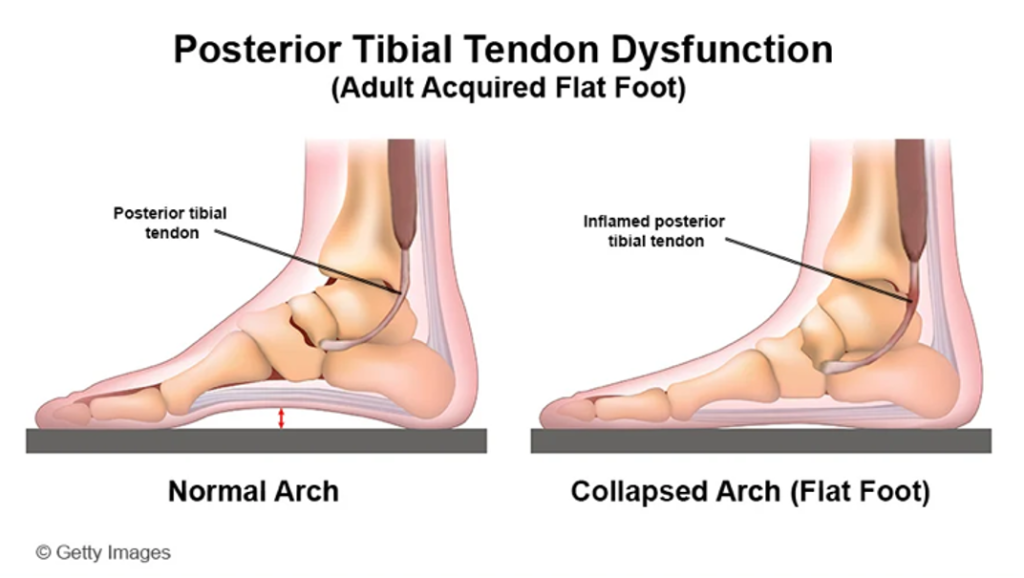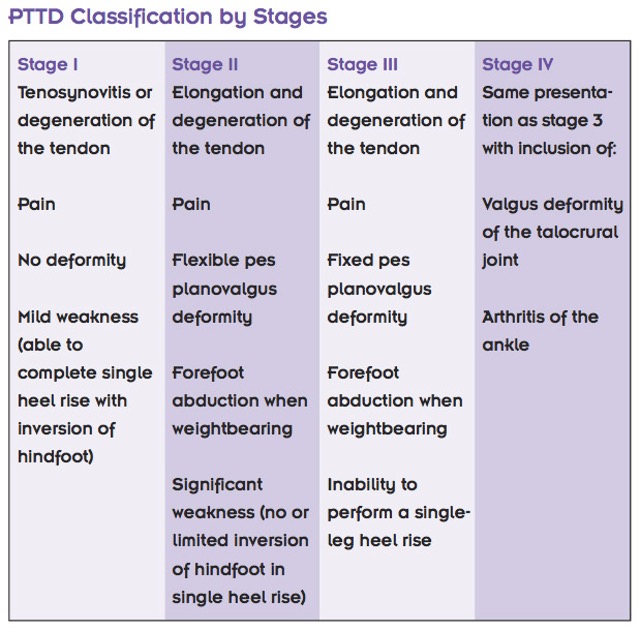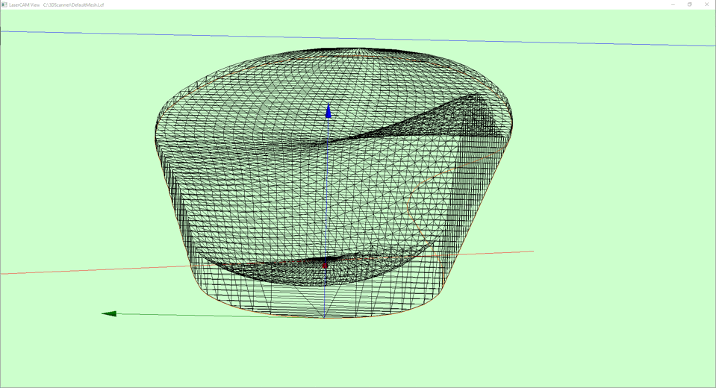Tibialis Posterior Tenosynovitis / PTTD Stage 1 and 2ab

Description
Tibialis posterior tendon injuries are well researched and documented as a progressive condition. Understanding the concepts and stages of tendon dysfunction is key to ensuring your patients benefit most out of your treatment protocols.

In summary, custom foot orthotics with adequate rearfoot control will be beneficial in patients with flexible sub-talar joints (stages 1 – 2). In patients with rigid planovalgus foot deformity (or absence of a spring ligament due to rupture), the benefits of custom foot orthotics is considered limited.
Key considerations when treating PTTD stages 1, 2a and 2b:
As noted above, patients with stages 1 and 2 PTTD will present with a flexible, planus foot type. As such, the key to effective management is an adequate rearfoot varus posting and full MLA contour – ensuring the suspected supinutus is removed during your 3D scanning.

Secondly, in patients with a large midfoot bulge, or prominent navicular, increasing the heel or midfoot width with a flange can be a beneficial way to ensure the patient has full contour through the rearfoot and midfoot. If this area is painful, applying a dell and poron filling the specific area (marked on your 3D scan for accuracy) and further offload the tissue.


